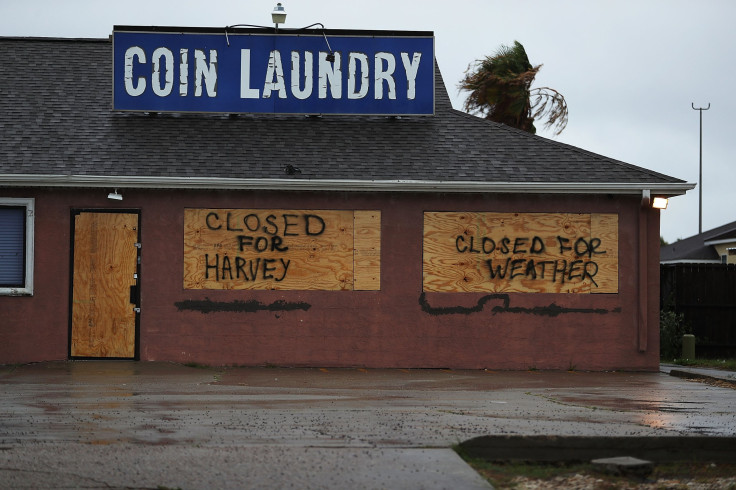4 Key Ways To Protect A Business In The Wake Of Hurricanes Maria, Irma And Harvey

The 2017 hurricane season has been exceptionally devastating. Behind Katrina in 2005, it also may have been one of the most expensive on record. Harvey alone cost $180 billion, Irma could cost around $58 billion and Maria could cost $95 billion. Hurricanes have the potential to inflict significant damage to businesses — but it doesn’t have to be permanent.
In a recent survey of business leaders across the U.S. conducted by Qualtrics on behalf of Sungard AS, 57 percent of respondents said they would be re-evaluating their current disaster recovery plan or implementing a new one as a direct result of the damage these storms have wrought.
In looking to companies that have successfully weathered these storms without interruption, there are strategies and common-sense tactics that can safeguard businesses preparing for the next hurricane season.
Use Geography as an Advantage
It might seem obvious to keep recovery locations far enough apart so they’re not in the path of the same storm, but a shocking number of companies don’t. In fact, some intentionally keep recovery locations close by, thereby increasing the probability that a storm will impact both their primary and recovery facilities. If Orlando is a business’ primary location, it stands to reason that backup facilities shouldn’t be in Orlando, too — or in Jacksonville, for that matter.
Why would organizations do this? It’s partially a matter of convenience. It’s often easier to execute a recovery test twice a year in a location that’s easily accessible, and this allows many customers still to have a site that provides them protection during more localized emergencies. It also assumes the staff from the primary location will be available to staff in the recovery. These decisions are often made without fully recognizing the risks associated with multi-region disasters like hurricanes.
Plan to have recovery locations that are at least 200 miles apart — or even further when using cloud services. For virtual resources like cloud compute environments, pick locations that hold little to no risk of being impacted by the same hurricane (or other multi-region disasters).
Recover the Most Important Data and Applications First
Knowing which applications are mission-critical to a business is the first step in building a successful recovery plan, as is knowing which applications are not. By creating at least three tiers of application criticality and incorporating them into planning, businesses will spend time and money on the applications that are most valuable to their operation. By focusing on getting mission-critical applications up and running first, organizations can help their core business get up and running faster. Less critical applications may be simpler to recover, but they won’t be as valuable to a business’ customers and employees during a disaster.
Remember the Impact on Employees
As a business build its recovery strategy, it must be mindful of its people. Often companies insist on performing the majority of their recovery work with their own staff. And while this works great during a test that has been scheduled in advance, the reality is that when a hurricane is bearing down, the people who work for a business often need to make their own personal preparations and handle the impacts to their loved ones and property.
Assuming that its teams will be at their best around the clock for days on end while their lives are in turmoil is one of the most common mistakes a business can make during a disaster. The best plans account for this with remote staff and third-party recovery management to perform as much of the work as possible.
For workplace recovery facilities, such as for call centers and trading desks, businesses should be prepared with geographic options to keep your their out of the path of the storm. Hurricane forecasting has come a long way and provides excellent information with which to plan. But if a storm is going to hit a business’ primary and backup locations, it will want the ability to have staff up in a tertiary location.
Start Preparing Early for Hurricane Season
Businesses can be ready for hurricane season if they know their options. They need to know how to make the best of the services they already have. Then test. And re-test. Businesses should learn how to weatherproof a plan to enable themselves batten down the hatches before the next storm is on its way.
Josh is the CTO for Sungard Availability Services (Sungard AS), a leading provider of disaster recovery and infrastructure services.
© Copyright IBTimes 2025. All rights reserved.





















